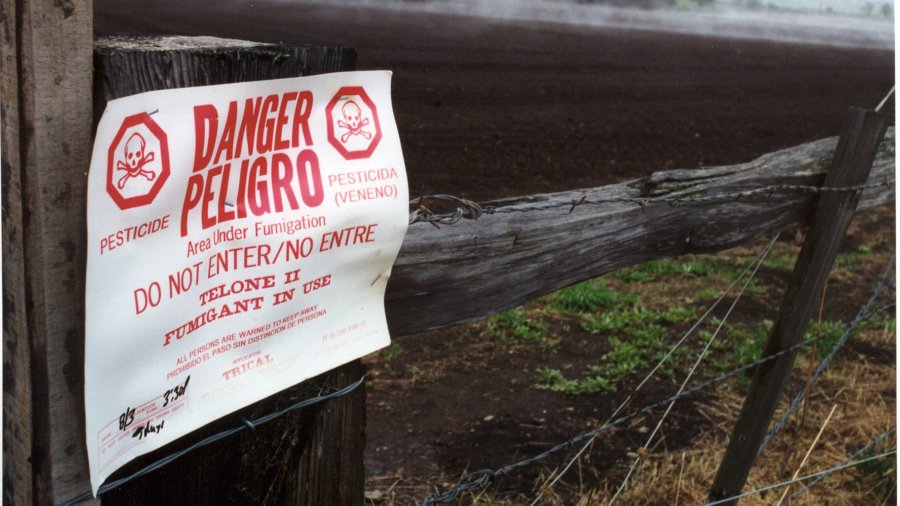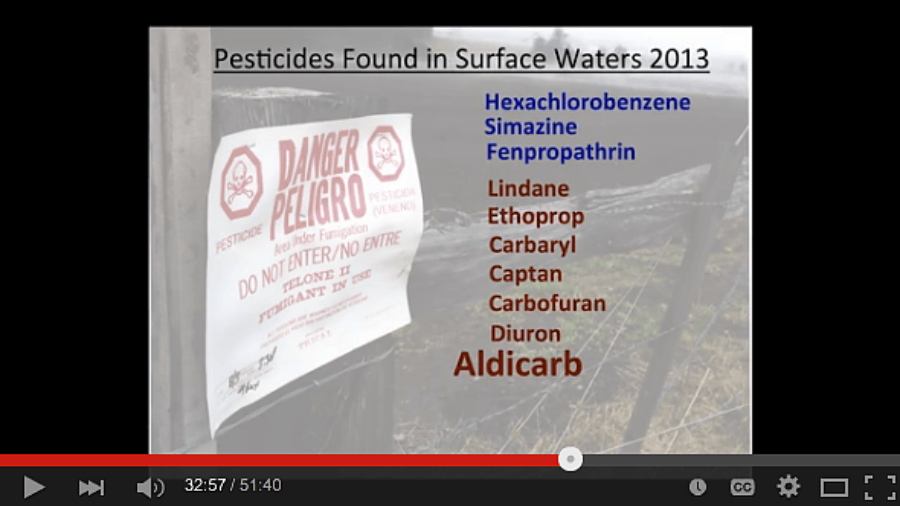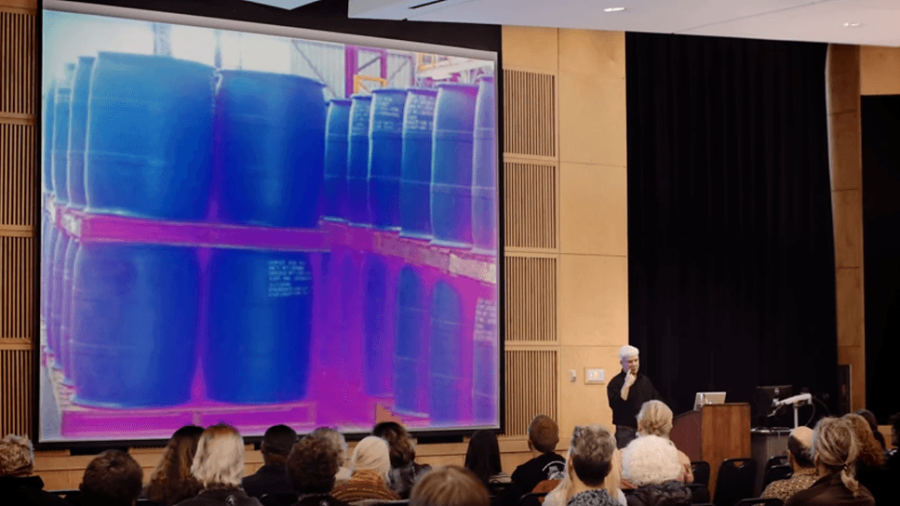It’s probably safe to say that no one likes using pesticides. Even Easter lily farmers have told me that “we don’t like using them,” adding that they have “no choice.” The lily bulb crops would be ruined, they say, without the 300,000 pounds of dangerous chemicals they apply each year to farmlands that surround the Smith River estuary and border residential neighborhoods and an elementary school.
Certainly farming is economically fraught. The weather, the pests, the whims of fickle consumers. Individually and combined, the challenges facing farmers are many. Read More
In late 2016 Siskiyou Land Conservancy released our Smith River Community Health Assessment, which clearly demonstrates that pesticides used in the cultivation of Easter lily bulbs in, Del Norte County, are impacting the health of people who live in the small town of Smith River.
The Sustainable Technology & Policy Program at UCLA recently released a report that shows a combination of three commonly used, carcinogenic fumigants — two of which, metam sodium and 1,3-dichloropropene, are used in high concentrations on the Smith River Plain — “can interact to synergistically (to) increase the toxicity to humans.” What that means is that the whole carcinogenicity is greater than the sum of the carcinogenic parts.Read More
Siskiyou Land Conservancy Executive Director Greg King will be a guest on the popular radio show the Jefferson Exchange on Friday, March 25th at 8:30 a.m. to discuss pesticide use on the Smith River Plain. Jefferson Public Radio airs on 11 stations, from Central Oregon to the Mendocino Coast, so to find the station nearest
Read more
Our presentation on pesticide use at the Smith River estuary is now up on YouTube.Read More
In March 2015, in one of the most Orwellian displays of deference to industry ever shown by a California state agency, the California Department of Pesticide Regulation (DPR) gave Easter lily farmers an “Integrated Pest Management (IPM) Innovator Award” for allegedly reducing pesticide use “by about 50 percent over the last 20 years.” Read More




